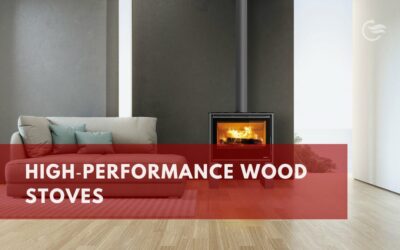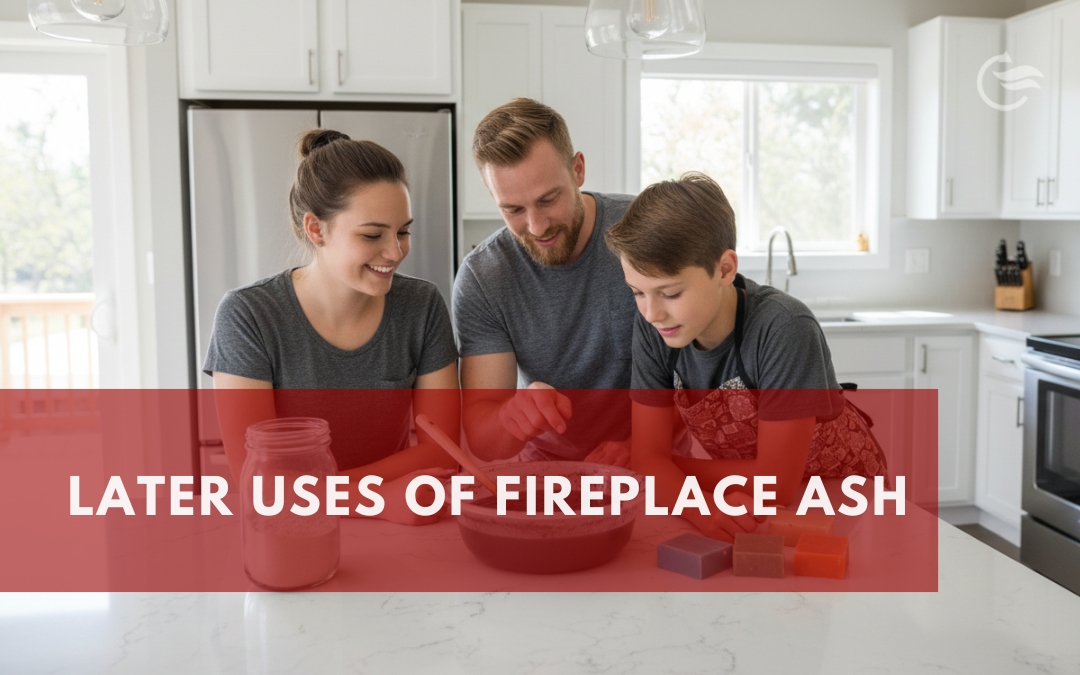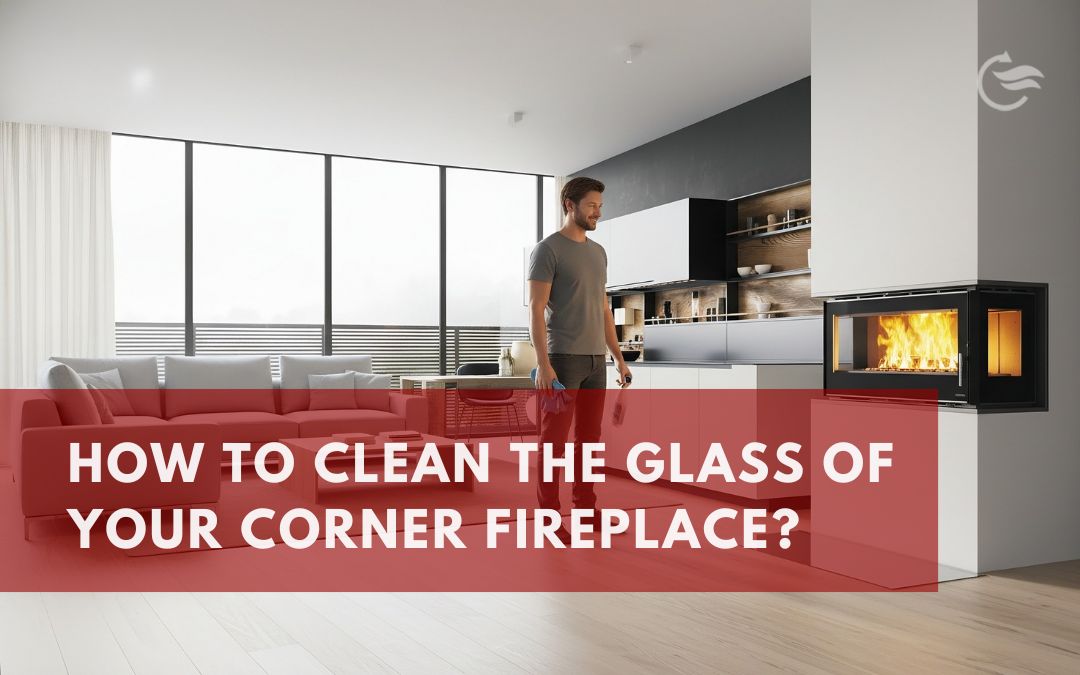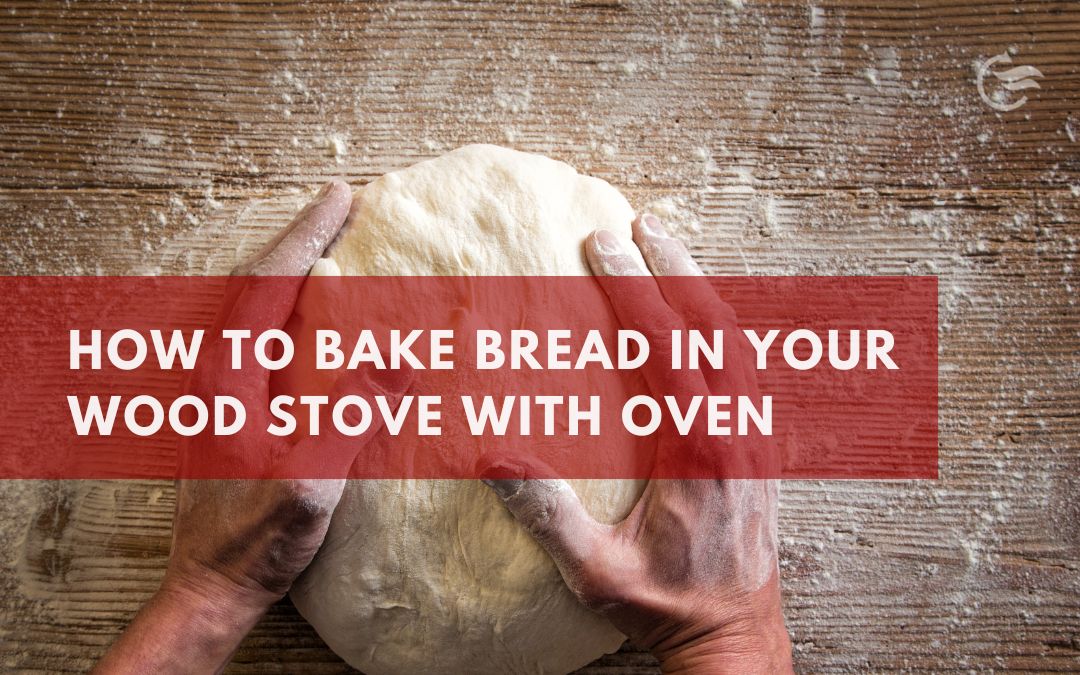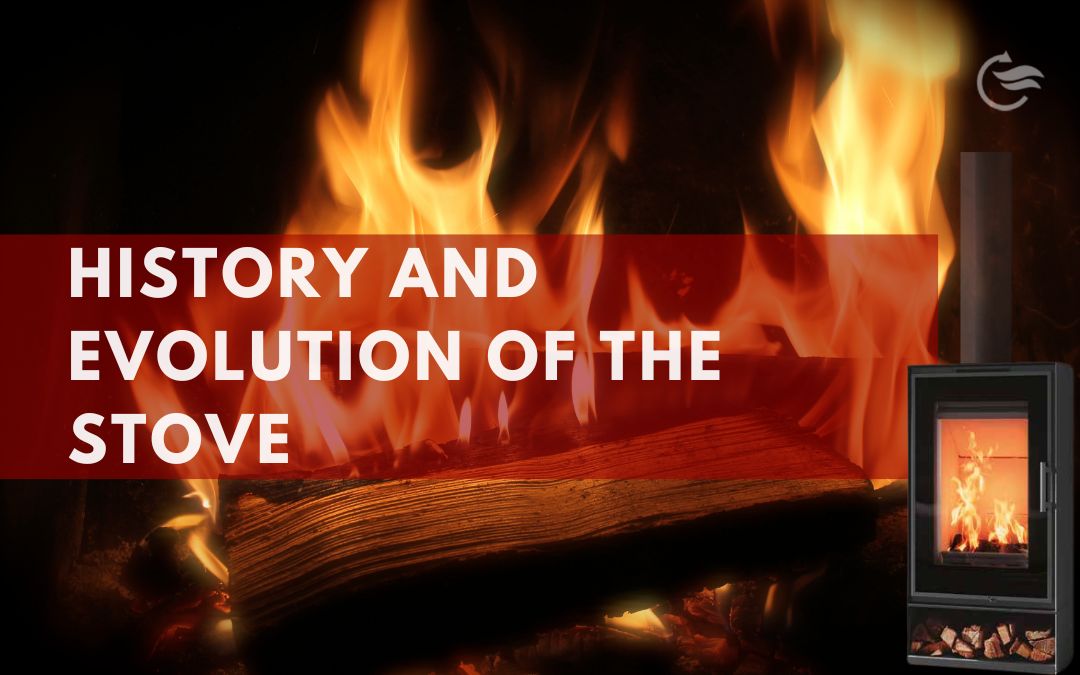
5 Christmas plans to enjoy by your Carbel fireplace
Christmas is that moment of the year when we are looking for warmth, quality time together, and cozy corners that invite us to stay. And if there is one element in the home that represents all of that, it is the fireplace.
We suggest five Christmas plans designed to enjoy the fire, the home, and the little moments that make this holiday season so special.
Reading session with blankets and soft lighting
For those days when you feel like slowing down and staying at home, there’s nothing like taking refuge in the warmth of the fireplace with a good book. Set up a corner with soft blankets, cushions, and warm lighting. The soft crackling of the wood and the light from your Carbel fireplace will create the perfect atmosphere for immersing yourself in a Christmas novel or rediscovering your favorite classics.
An afternoon of Christmas movies in front of the fire
Turn your living room into a cozy home theater. Choose your favorite Christmas movies, settle down with your family or friends in front of the fireplace, and let yourself be carried away by an afternoon of laughter, emotions, and nostalgia. A bowl of popcorn, soft lighting, and the enveloping warmth of a Carbel fireplace will do the rest.
Hot drinks and conversations around the fire
During the holidays, the fireplace naturally becomes the gathering place. Serve hot chocolate, mulled wine, or herbal teas and gather your loved ones around the fire. Sharing stories, anecdotes, or simply enjoying the silence and calm that the flames convey can become one of your most cherished Christmas memories.
Board game corner by the light of the fireplace
Board games are a Christmas tradition that never fails. Place a small table near the fireplace, add candles or soft lights, and choose games for all ages. The warmth of the fire will create a relaxed and cheerful atmosphere, perfect for spending hours laughing and enjoying each other’s company.
Family photos with the fireplace as a backdrop
Take advantage of the special atmosphere created by your Carbel fireplace to capture unique memories. Decorate the space with Christmas details and organize a small photo shoot at home. The images by the fire will become unforgettable memories, ideal for sharing or keeping as part of your family traditions.
We encourage you to share them on social media and tag us.
RELATED ARTICLES


